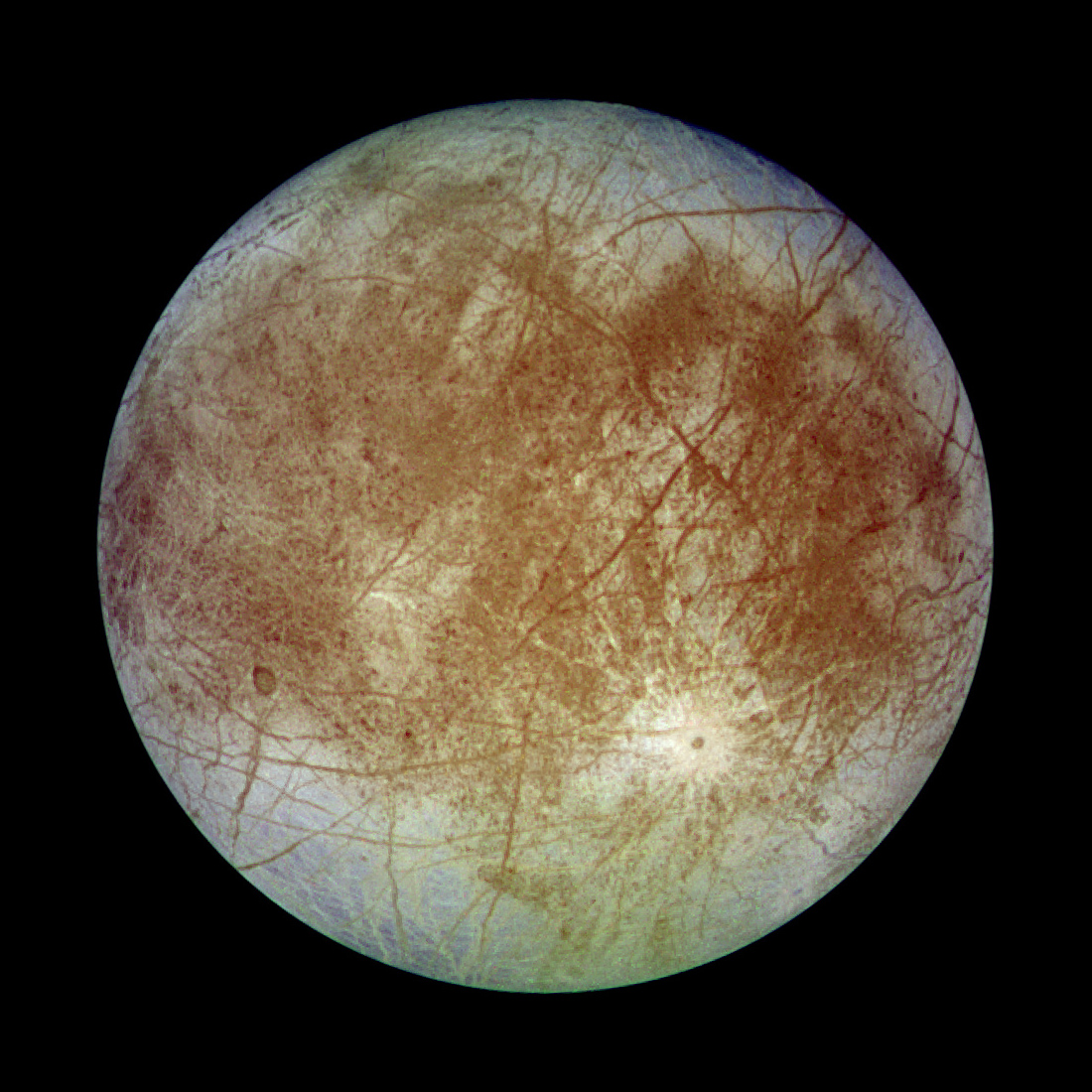
The heterotrophic origin of life proposed by Oparin and Haldane in the 1920’s was part of a Darwinian framework that assumed that living organisms were the historical outcome of a gradual transformation of lifeless matter. This idea was strongly opposed by the geneticist H. J. Muller, who argued that single genes or DNA molecules represented primordial living systems. Their debates represent not only contrasting views of the nature of life itself, but also major ideological discussions that reached a surprising intensity in the years following the 1953 Miller experiment, which demonstrated the ease with which organic compounds could be synthesized under putative primitive conditions. During the years following the Miller experiment, attempts to understand the origin of life were shaped scientifically by the development of molecular biology and, in socio-political terms, by the atmosphere created by Cold War tensions.
 Getting Under Europa’s Skin
Getting Under Europa’s Skin Tracing Formation and Evolution of Outer Solar System Bodies Through Stable Isotopes and Noble Gas Abundances
Tracing Formation and Evolution of Outer Solar System Bodies Through Stable Isotopes and Noble Gas Abundances Photosynthesis, a Planetary Revolution
Photosynthesis, a Planetary Revolution Xenon: King of the Gases
Xenon: King of the Gases